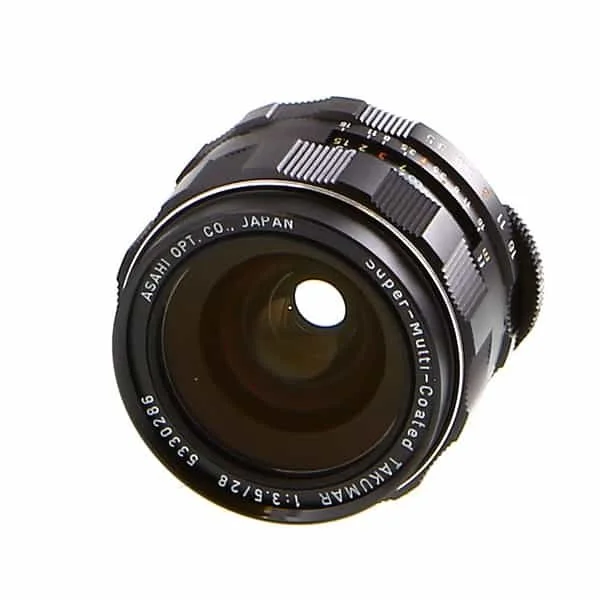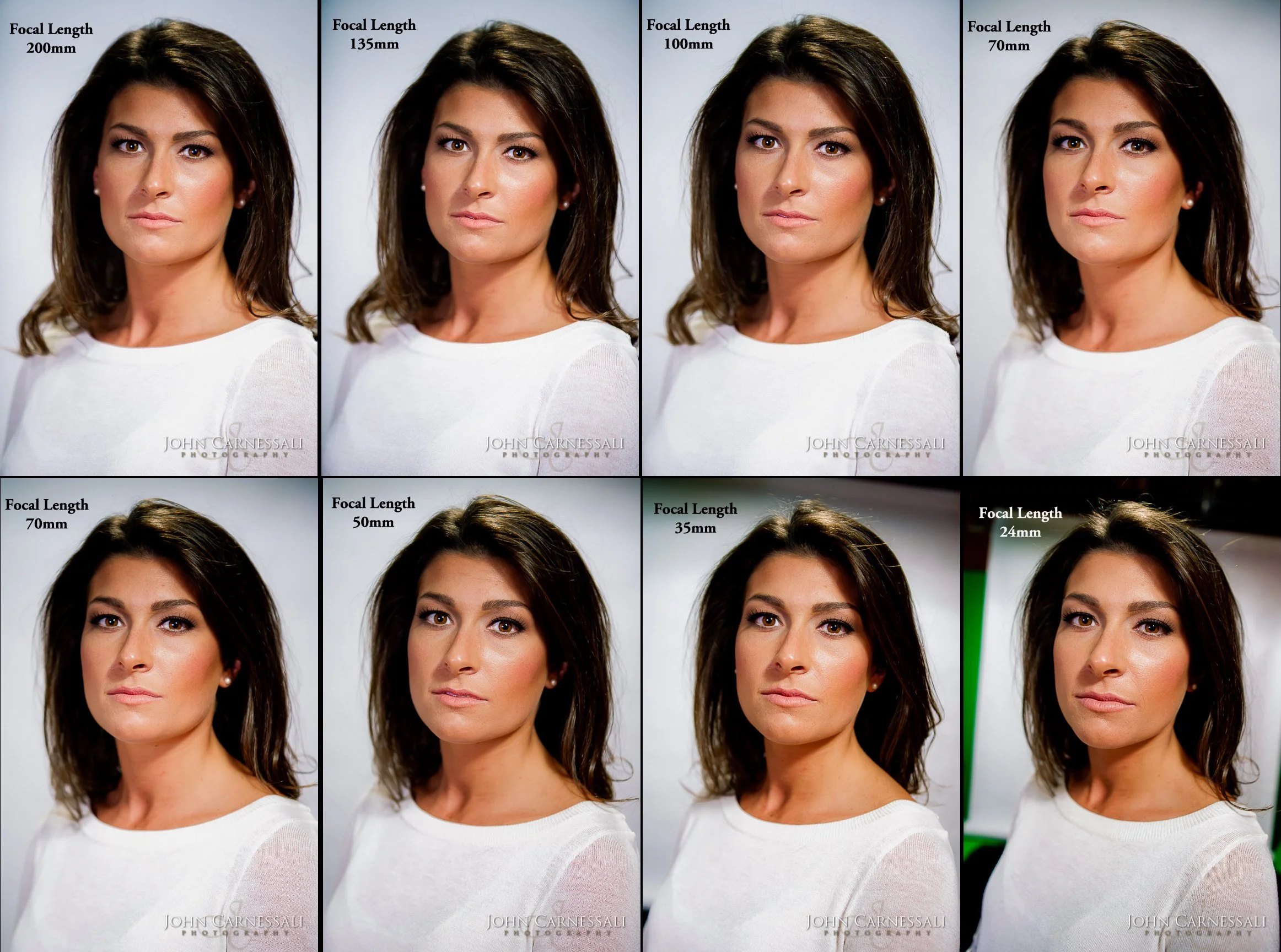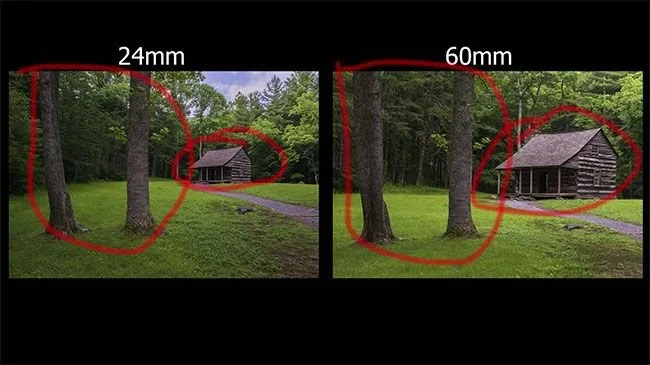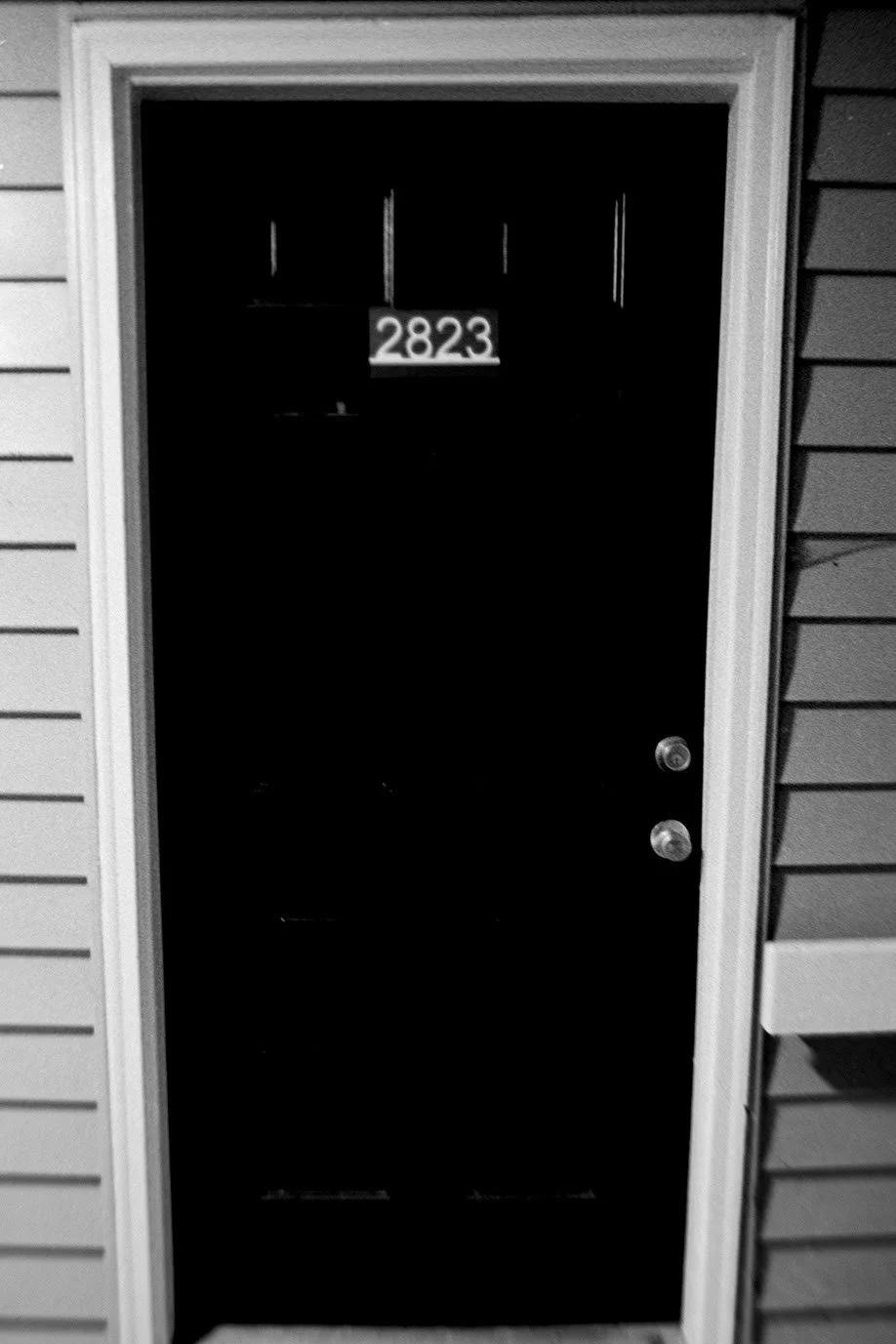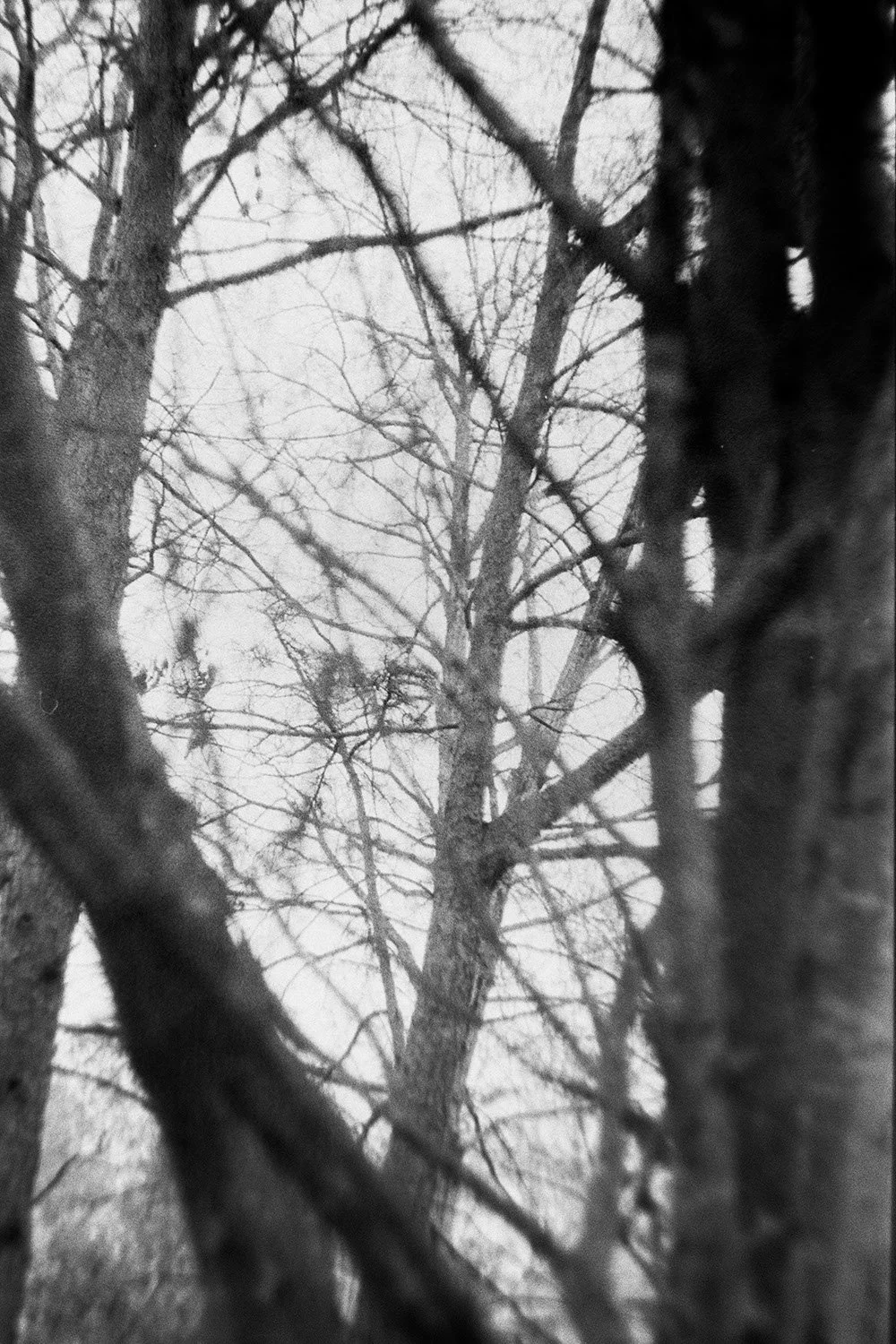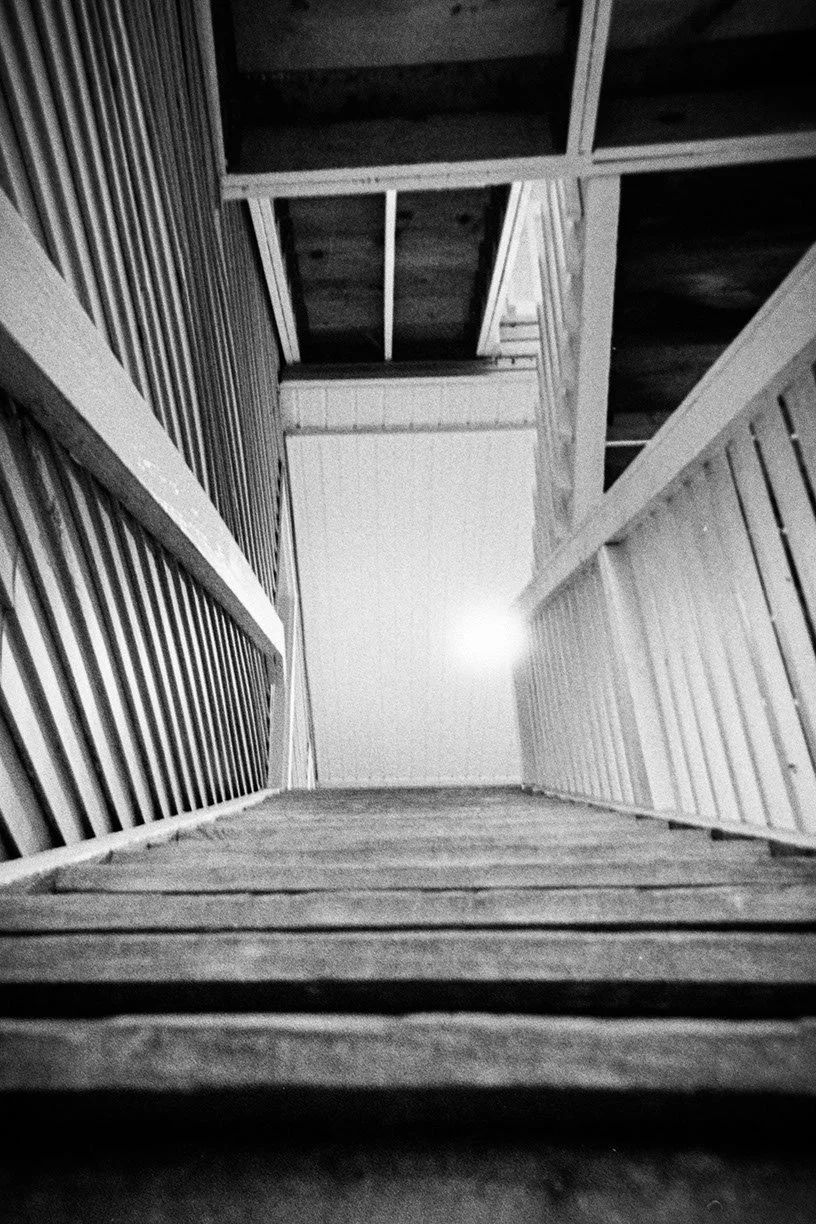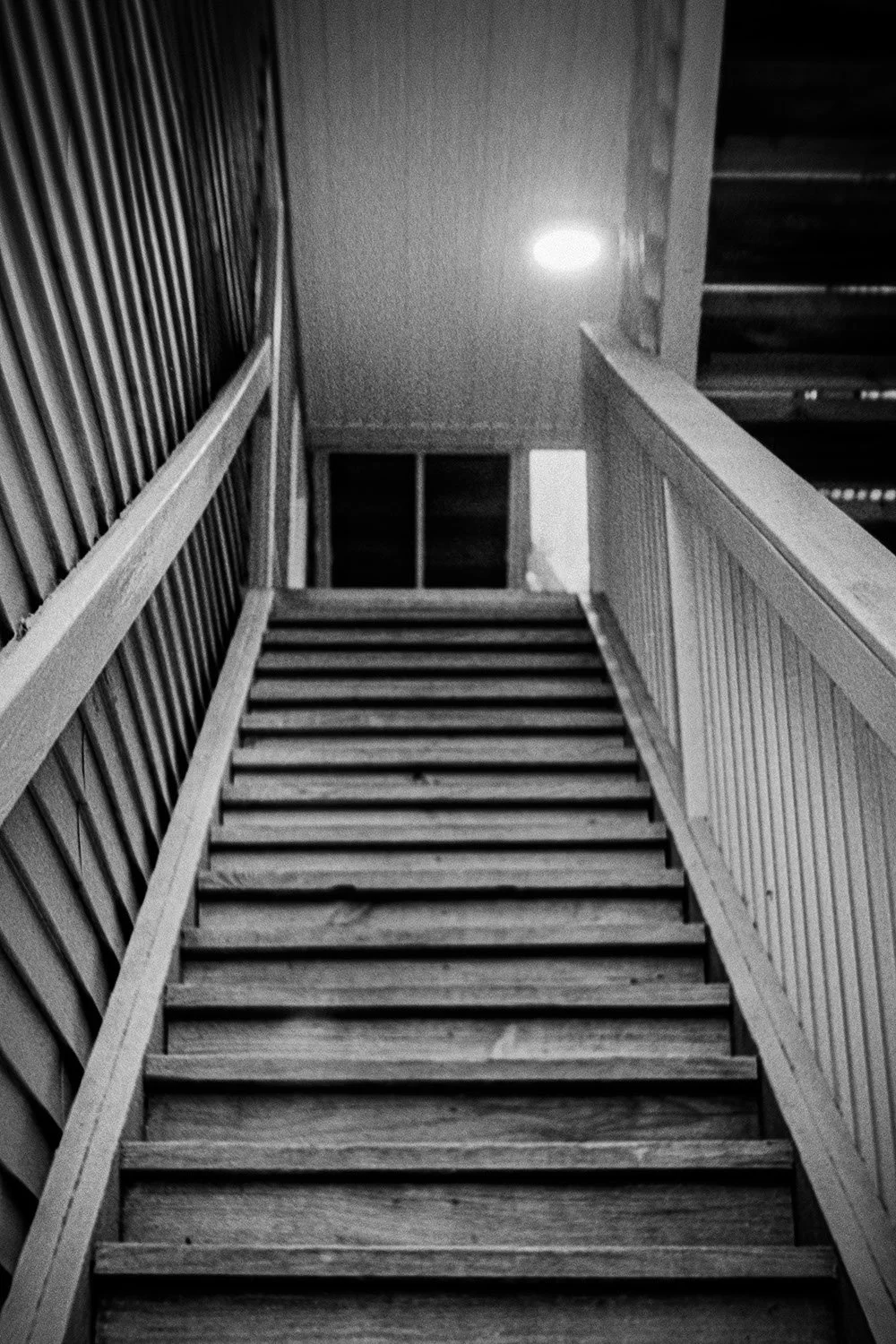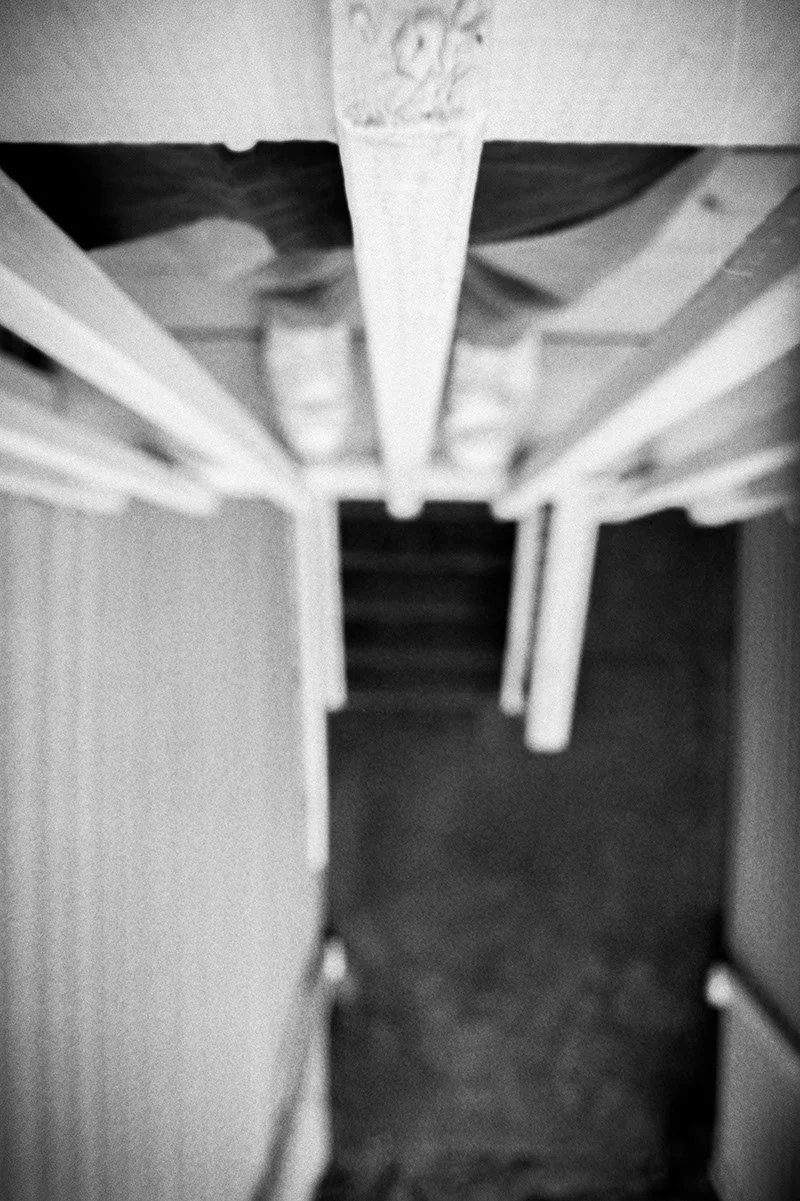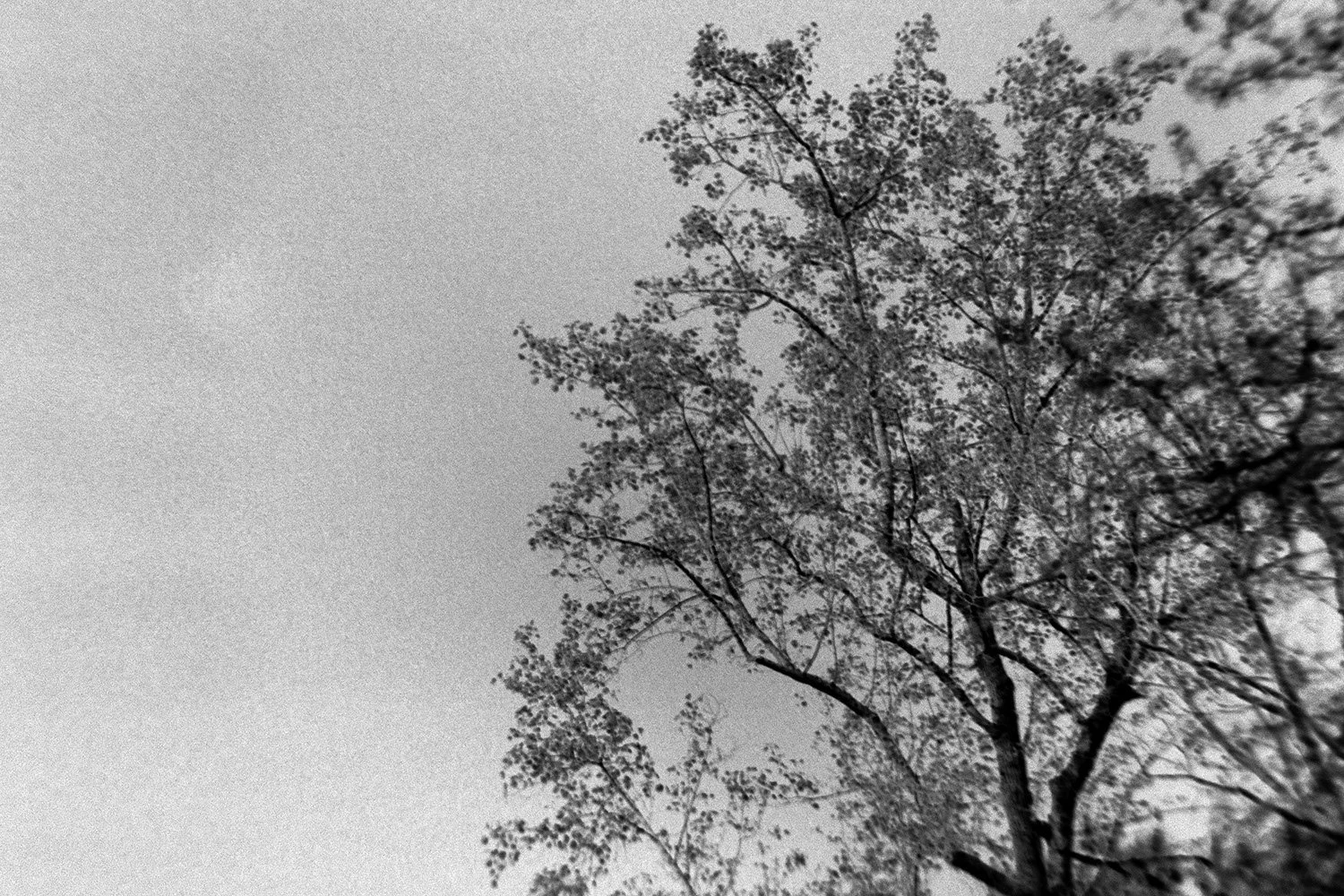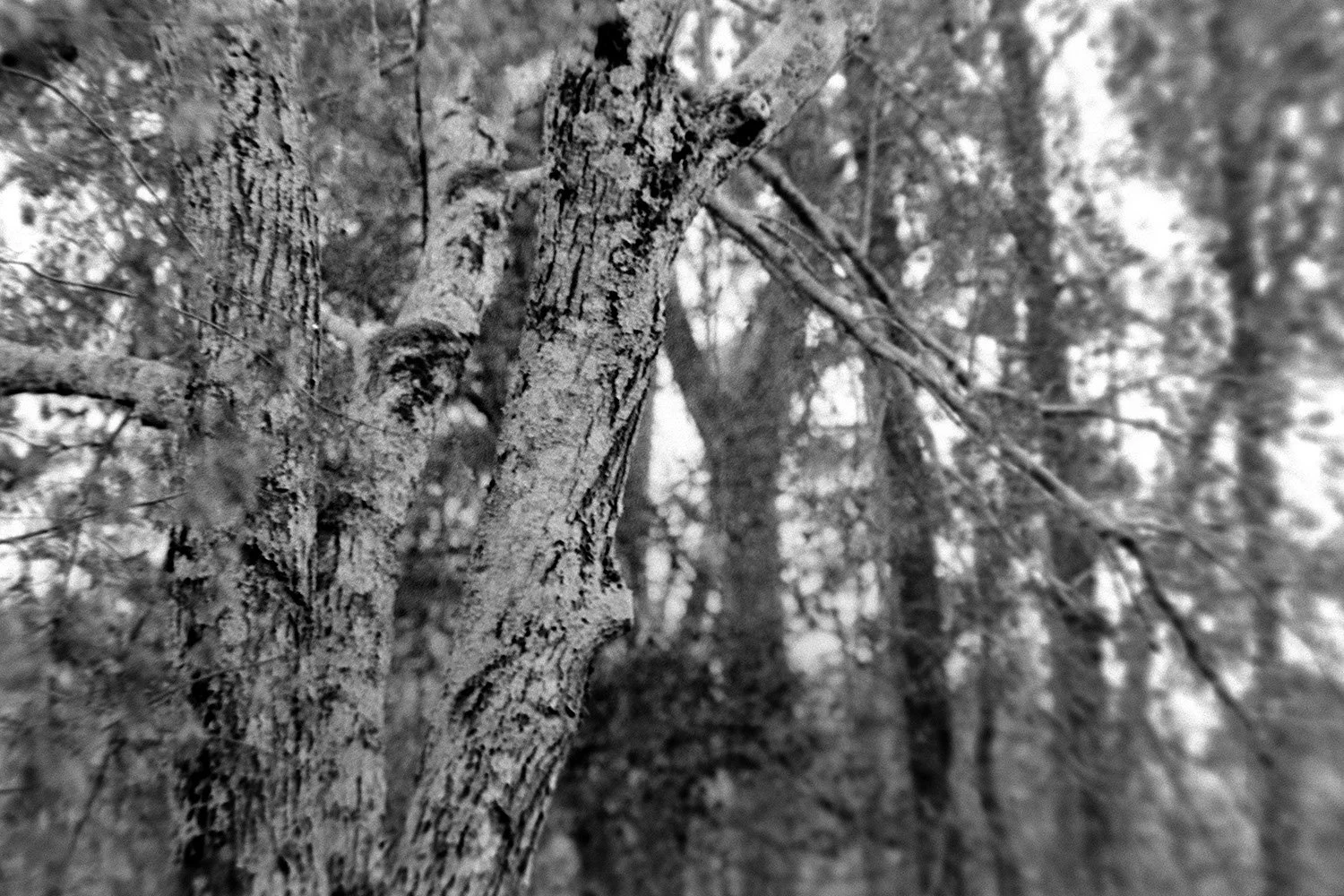a part ment
-featured image by Ralph Steadman.
Bought a new lens for the 35 mm camera...
Takumar Lenses
and if you ever question whether or not you need a 24, you do. Trust me.
Since film school, I’ve always heard that a 50 mm lens is the closest approximation to the human eye. The Atlantic and countless others have their own take as to why or how or the science or the blah blah blah.
I’ve never seen it.
- - - - - -
Can I see that a LONGER LENS will COMPRESS a frame, in three dimensions, yes. And I guess if you’re using the human face as THE benchmark for what lens represents the human eye, then sure, I can see that, maybe.
If you have no idea what the hell I’m talking about, look at the image below:
I dissent. I don’t like the pictures at the top left. I think they looked contrived and manufactured. I understand the reasoning for it, but I don’t like it.
The reason they look contrived is because THEY ARE.
I know. News flash, right?
I’ve been asked, on several occasions, to take pictures for clubs at school. I always reluctantly agree. Not because I don’t want to help but ‘no good deed goes unpunished.’ Needless to say, there’s a certain level of, immaturity, and unrealistic expectations that you’re willing to put up with, until you feel you deserve some sort of recompense. Money. And even then, you reach limits.
Anyways, I’ve set these shoots up and they’re a massive pain in the ass. To shoot a 50 mm lens and get a MCU you need like 20 feet of space between the subject and lens, and then you need space behind that for the background and too close it’s in focus. So the only option, if you don’t have space, is to either crop in framing or change lenses. I change lenses. Framing is more important to me than distortion.
For me, the 24 mm is the closest to how I see the world. I’m more interested in the peripheral; the wings. That’s how I’ve always experienced the world: from all angles and sides all vices and cracks in the pavement and armor.
I’m in the school of thought, if there even is one, that, as the photographer, YOU are the tripod. If I were in the scene above and I wanted to change the frame from the 16 mm image to the 24 mm image, I would just walk closer.
But this example is an interesting way in which framing is IMPROVED with a new lens. So, I never said I was right and should be proven wrong so- 🤌🏻
This is obviously a counter example to the points I have been making and that’s why I continue to study. Because there’s always someone out there doing something different and you just never know who, what, when, where why or how it’ll happen, but when it does you better damn pay attention.
And I’ve been reading some Hunter S. Thompson lately..(I know. Scary, right?). I’ve always loved his quirk and voice and it no doubt began with Johnny Depp and Terry Gilliam.
And the quote above couldn’t ring truer.
I’ll end this post with the pictures I took using the newest addition to the 35 mm film arsenal.
The following was shot on:
Pentax Spotmatic
Pentax Super-Multi-Coated Takumar 24 mm f/3.5
ILFORD HP5+ 400
I metered at 800 and pushed the film +1 in developing. That’s the whole reason I began this photo project, was to push process film. I’ve never done it. It’s not hard but takes some trust in the process. HA!~ another topic.
And if you stuck it out to the end, the next post will be about the foray I’m taking into cubism and how that began with the images above. ✌🏻
